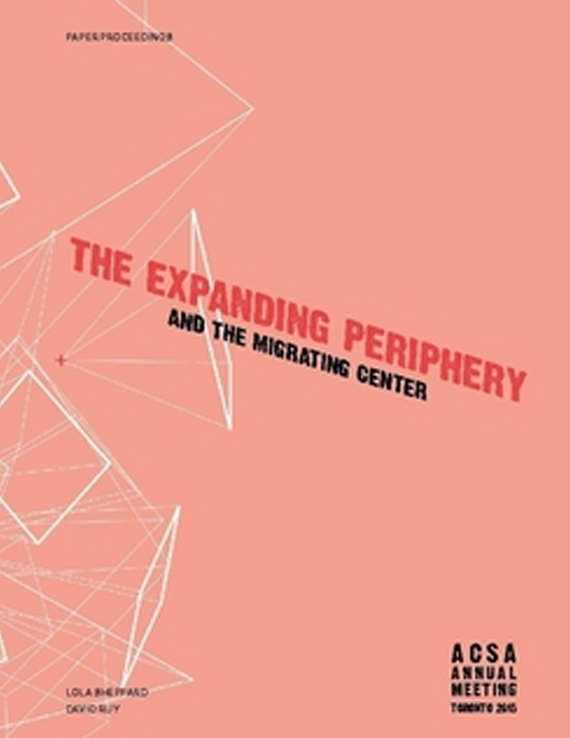Author(s): Vandana Baweja
Dharavi, located in Mumbai in India, is one of Asia’s largest slums and shot to global fame with its depiction in the Oscar winning film Slumdog Millionaire. In 2004, Dharavi Redevelopment Project was launched as a public-private alliance between the Maharashtra Housing and Area Development Authority (MHADA) and global corporations. Its principal architect Mukesh Mehta listed the key goals of the Dharavi Redevelopment Project as: “sustainable development; rehabilitation of all the slum families and businesses; reestablishment of non-polluting industries; and the integration of slum dwellers with main stream residents.” The Dharavi Redevelopment Project has been marketed as a form of sustainable urbanism through the HIKES (health, income, knowledge, environment, and socio-cultural development) program. The HIKES program, which effectively realizes the “world-class city” urban vision of neoliberal urbanists is postured as sustainable urbanism, making it attractive to neoliberal urbanists and middle class environmentalists alike. In theory, the Dharavi Redevelopment Project would provide Dharavi residents with cross-subsidized materially upgraded permanent high-rise modern housing, piped water, sanitized waste disposal, drainage, and green parks. Yet Dharavi residents have rejected it as a hubristic unsustainable modernizing project, designed to evict and disenfranchise them. This paper examines why the Dharavi Redevelopment Project is a contested model of architecture and urbanism to argue that the project is emblematic of class warfare over architectural typologies, urban space, urbanism, and the role of the state in making world-class cities. The Dharavi Redevelopment Project reduces slum rehabilitation to a simplistic problem of numbers in terms of Floor Space Index (FSI). At the core of the battle over Dharavi Redevelopment Project is a cultural conflict over urban citizenship and what the ideal city should be.
Volume Editors
David Ruy & Lola Sheppard
ISBN
978-0-935502-95-4

 Study Architecture
Study Architecture  ProPEL
ProPEL 
